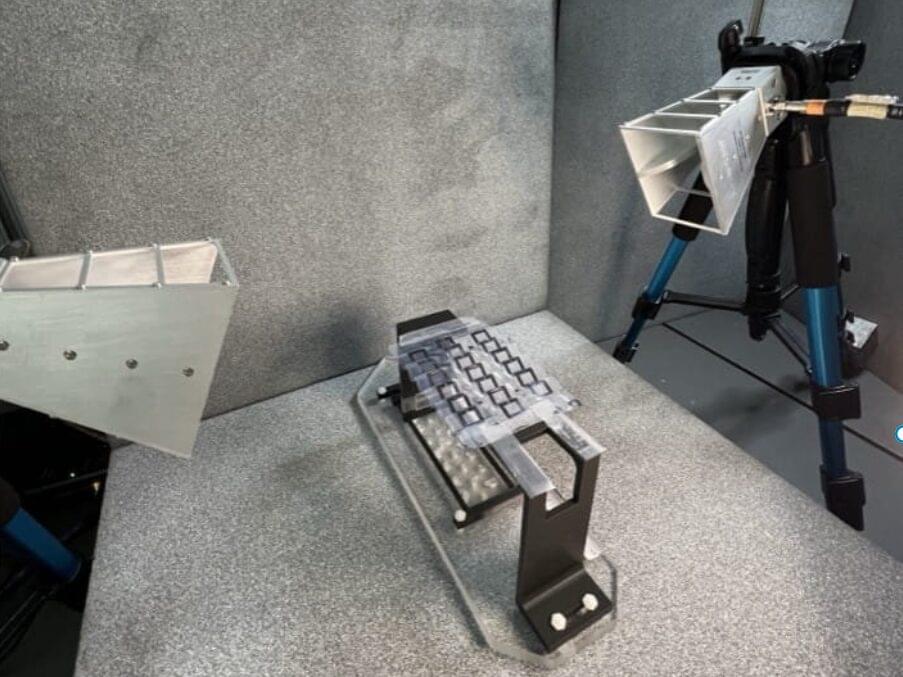Nov 8, 2024
Asteroid-sample Return Mission Enables Researchers to Conduct Largest Geophysical Observation Campaign of its kind
Posted by Natalie Chan in category: space
The OSIRIS-REx project made history last year as the first U.S. mission to bring back an asteroid sample from space—and with it came a treasure trove of data. An international collaboration, led by Sandia National Laboratories and including researchers at Los Alamos National Laboratory, has published a study in The Planetary Science Journal that reveals the preliminary findings from the capsule’s reentry.
The return of the OSIRIS-REx capsule was the largest geophysical observation campaign of its kind. “This project was a unique opportunity for us to observe the geophysical signals produced by a meter-sized object traveling at hypersonic speeds,” said Chris Carr, the lead author at Los Alamos National Lab. “There are few chances for scientists to be prepared to collect this type of data that we need to propel scientific inquiry for years to come.”
The campaign involved over 400 sensors, many of which were stationed near Eureka, Nevada along the “loneliest road in America.” Given the size of the project, there were many objectives among the more than 80 collaborators. One team of Los Alamos scientists focused on distributed acoustic sensing (DAS), and the paper as a whole encompasses many methods to obtain data during the capsule’s return.
 The OSIRIS-REx project made history last year as the first U.S. mission to bring back an asteroid sample from space—and with it came a treasure trove of data. An international collaboration, led by Sandia National Laboratories and including researchers at Los Alamos National Laboratory, has published a study in The Planetary Science Journal that reveals the preliminary findings from the capsule’s reentry.
The OSIRIS-REx project made history last year as the first U.S. mission to bring back an asteroid sample from space—and with it came a treasure trove of data. An international collaboration, led by Sandia National Laboratories and including researchers at Los Alamos National Laboratory, has published a study in The Planetary Science Journal that reveals the preliminary findings from the capsule’s reentry.
















